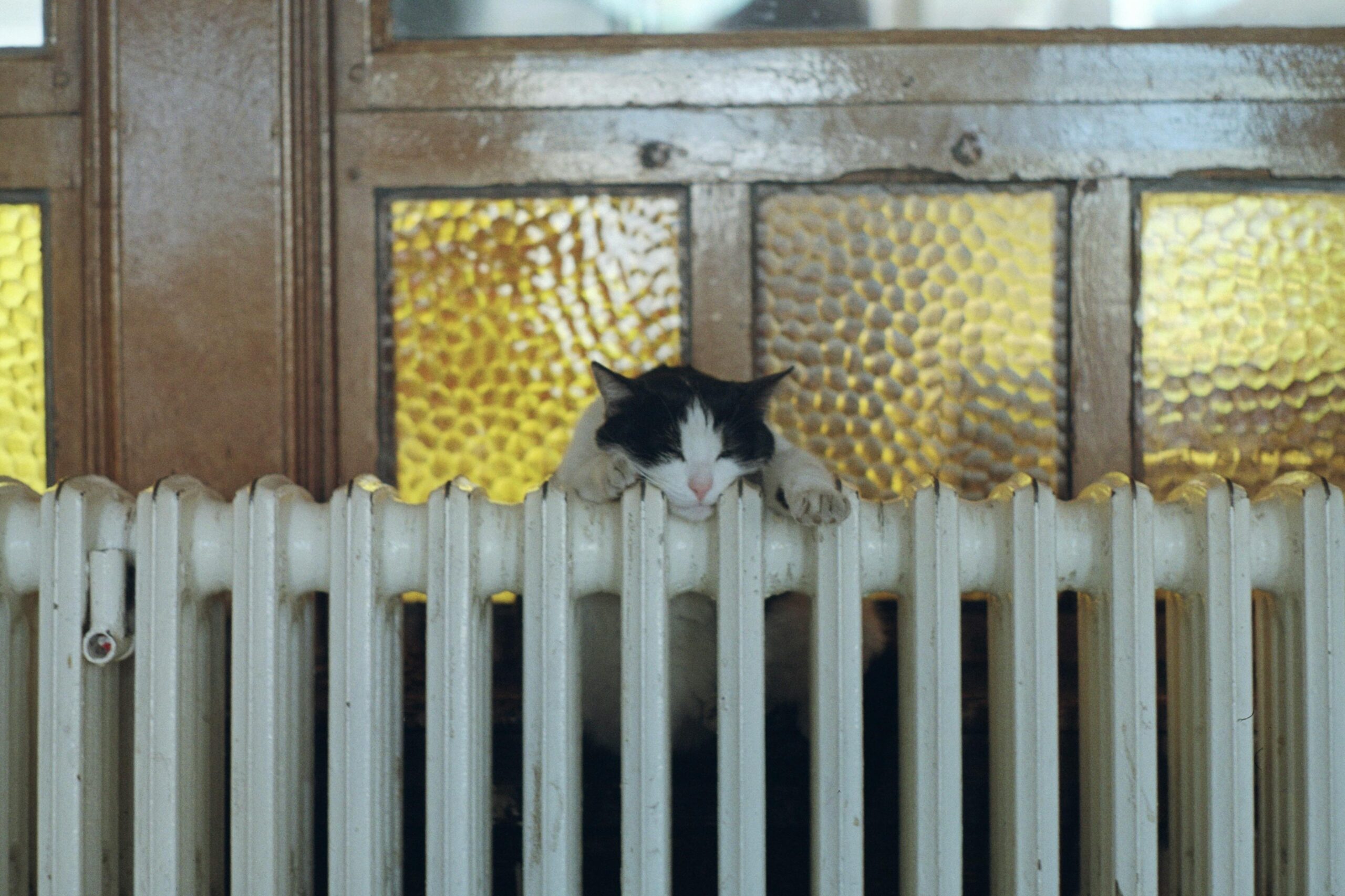Serving The Wasatch Front Area

Common Home Heating Myths
February 21, 2020
Do
you know the facts and fictions of home heating? You’re on the hunt
for tips to boost your furnace’s efficiency, reduce wear and tear,
and keep your home comfortable. But that doesn’t mean you should
believe every heating hack you hear. Before you make a furnace faux
pas, take a look at the top home heating myths and the mistakes to
avoid.
Myth:
A Higher Thermostat Setting Heats Faster
Is
your thermostat set too high? The decision to bump up your thermostat
setting to counteract a cold home is a common mistake that many
homeowners make. While a too-cold setting won’t help to heat your
home efficiently, the opposite isn’t true either.
A
higher thermostat setting doesn’t equal faster heating. Instead, it
will force your heater to run for a longer time and work harder. This
could result in excessive wear and tear — eventually leading to
reduced energy efficiency, damage, and poor heating.
If
you should set your thermostat too high, and you shouldn’t leave it
on a too-low temperature, what is the just-right number? This varies
by personal preference, system type, your home’s size, and your
home’s overall energy efficiency (including air leaks and
insulation).
According
to the U.S. Department of Energy, a wintertime setting of 68 degrees
Fahrenheit can keep your home comfortable and save energy. If this
setting (or a higher temperature) still leaves your home with a cold
winter chill, contact a qualified HVAC technician. It’s possible your
furnace requires repair to heat your home efficiently.
Myth:
A Programmable Thermostat Always Saves Money
A
programmable thermostat is a first step towards reducing energy
usage, increasing efficiency, and saving on your utility bills. But
the thermostat alone won’t provide cost savings. Failure to program
the thermostat, or program it correctly, could leave this would-be
energy-reducing device totally ineffective.
The
U.S. Department of Energy recommends lowering the thermostat by seven
to 10 degrees Fahrenheit for eight hours a day to see HVAC-related
savings. If you program your thermostat correctly, you could save up
to 10 percent annually on heating costs. But if you forget to program
the thermostat, you won’t see this reduction.
Myth:
Space Heaters Save Money
While
it is possible to reduce heating costs with space heater use, this
isn’t a universal way to lower your wintertime bills. Before you buy
a fleet of electric heaters for your home, consider how many rooms
you want or need to heat.
If
you only need to heat one room, a space heater (combined with a lower
central heating setting) can save you money. But if you need to heat
your whole home, a space heater in each room may actually raise your
electricity bills. According to Consumer Reports, to reduce
energy-related costs, only use space heaters if the space you need to
heat is less than half of the total space of your whole home.
Myth:
A Larger Furnace Provides Better Heat
Is
bigger better when it comes to your home’s heating system? While a
larger heater would seem like it could warm your home faster than a
smaller unit, this isn’t always the case. The furnace size you need
depends on the overall square footage of your home combined with its
energy-loss. Energy-loss includes air leakage through windows, doors,
or poorly insulated areas.
Don’t
worry if you’re not sure how to size a furnace. This is a job for a
professional. An HVAC contractor can evaluate your home’s energy
needs and calculate the correct furnace size necessary to efficiently
heat your home.
Do
you need a new furnace, thermostat, or a heating checkup?
Contact Comfort
Solutions
for
more information.
Recent News

Your Comprehensive Heating Guide: Installation, Repair, Efficiency & More
September 18, 2024

HVAC System Replacements: How to Act Fast and Get it Done Right
September 17, 2024

Heat Load Calculations: The Key to Furnace Efficiency
September 17, 2024

Is the Fireplace in Your Home Heat Producing or Decorative?
September 17, 2024

Fireplace Maintenance That Improves Efficiency and Saves Homeowners Money
September 17, 2024

